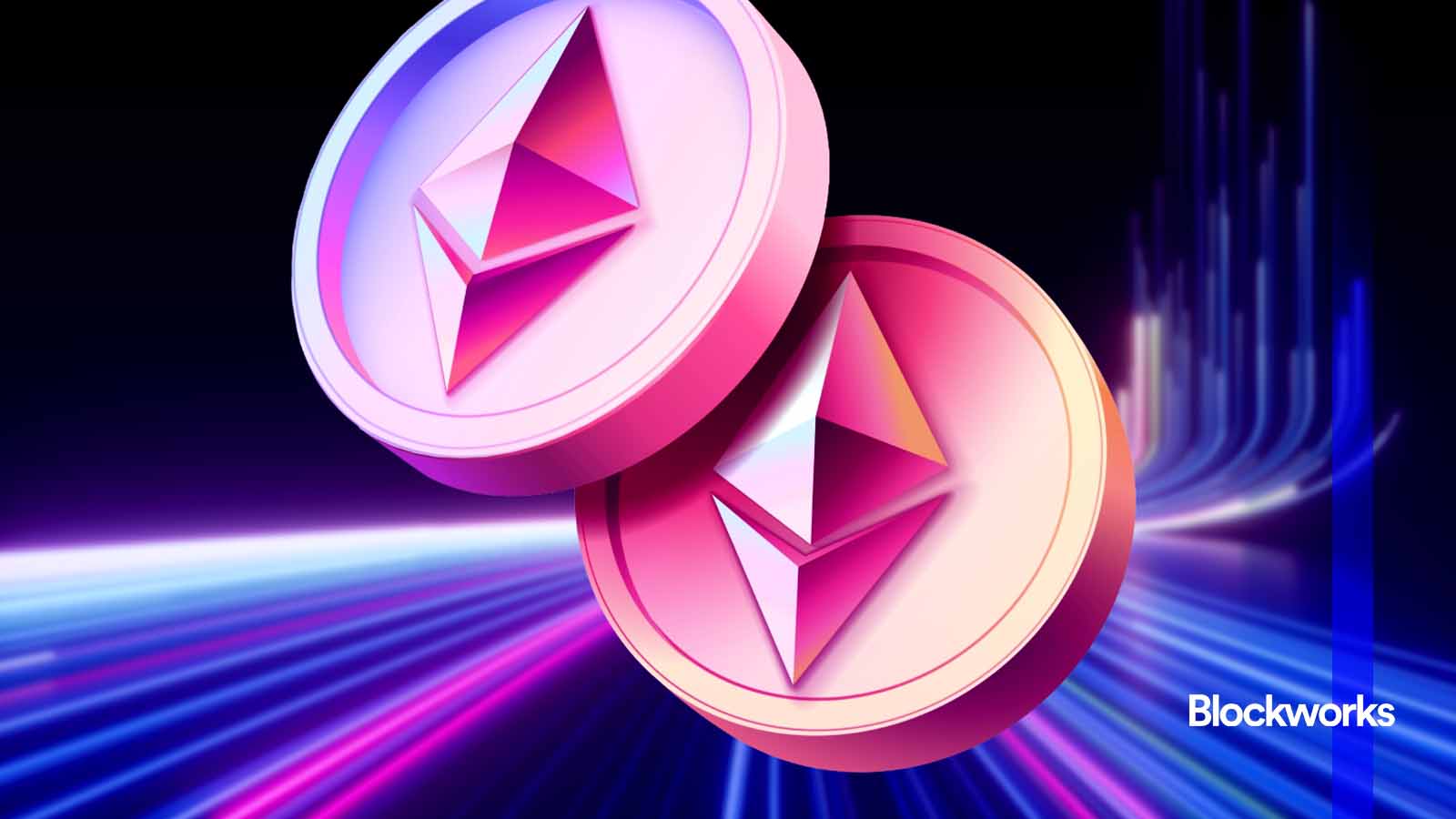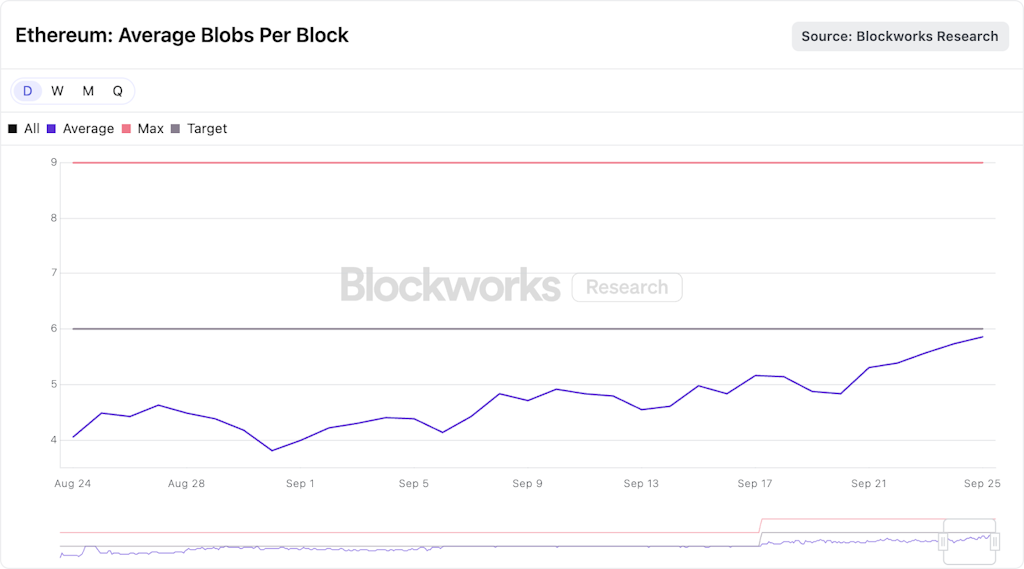Ethereum devs finalize Fusaka testnet rollout
Fusaka testnet activations begin next week with a 60M gas limit bump in tow. Meanwhile, Ethereum core devs gear up for Glamsterdam’s first devnet

Adobe Stock and VECTORY_NT/Shutterstock modified by Blockworks
Ethereum developers have locked in the testnet rollout for the Fusaka upgrade, paving the way for mainnet activation and turning their sights to the next hard fork, Glamsterdam.
During Thursday’s All Core Devs call #221, contributors confirmed testnet timelines, approved a long-anticipated gas limit bump, and advanced early plans for Glamsterdam, including a proposal to formalize EIP “champions.”
Fusaka testnet schedule, gas limit raised to 60M
Fusaka will activate on Holesky on October 1, followed by Sepolia two weeks later, and Khudai two weeks after that. Each testnet will enable blob parameter optimizations (BPOs) one week after Fusaka itself. The full timeline is now published in META EIP-7607. The precise mainnet date remains TBD.
Speaking of blobs, on-chain data shows blobs have now roughly hit the network’s target usage for the first time since their introduction, thanks to a steady rise over the past month. The average number of blobs per block climbed to just shy of 6 on Thursday.
 Source: Blockworks Research
Source: Blockworks Research
Dragonfly data head hildobby noted that “2/3 of blobspace [is] being occupied by Base and World,” with Base alone accounting for 42% of current usage.
In response to growing concerns about validator storage burdens and MEV inefficiencies, Vitalik Buterin reassured the community: “Fusaka will fix this. But also, safety first is of the utmost importance for Fusaka. The core feature, PeerDAS, is trying to do something pretty unprecedented: have a live blockchain that does not require any single node to download the full data.”
Client releases — the software running on those nodes — are expected imminently. “Congrats everyone. It’s been a long, long sprint to get the Fusaka releases,” project coordinator Tim Beiko said on the call.
The upgrade will also include a default gas limit increase to 60 million, which has already been adopted on testnets and finalized under EIP-7935.
Mainnet validators are expected to adopt the 60M target prior to Fusaka activation, Beiko said.
Glamsterdam devnet planned for October
Looking ahead, developers confirmed that Execution-layer Proposer-Builder Separation (ePBS) and Block Access Lists (BALs) remain on track for inclusion in the Glamsterdam upgrade. A first devnet is tentatively scheduled for October, pending progress on implementation.
With 23 EIPs already proposed for Glamsterdam, coordination is becoming more complex. To improve accountability, contributors floated a governance idea: the EIP Champion Role.
“The idea is to clearly spell out the point of contact for each proposed EIP in a given fork,” said Marc Garreau protocol support at the Ethereum Foundation (EF). Beiko added that “whoever opens the [Proposed For Inclusion Pull Request] should be considered the champion,” linking the role to existing coordination processes.
Beiko will be handing off his ACD moderation duties to the EF’s Ansgar Dietrichs for starting with the next ACD call for the remainder of 2025.
As Ethereum prepares for its next phase of protocol upgrades, developers are balancing release discipline with innovation, aiming to land both technical improvements and a smoother process ahead of the 2026 hard fork.
Get the news in your inbox. Explore Blockworks newsletters:
- The Breakdown: Decoding crypto and the markets. Daily.
- 0xResearch: Alpha in your inbox. Think like an analyst.






